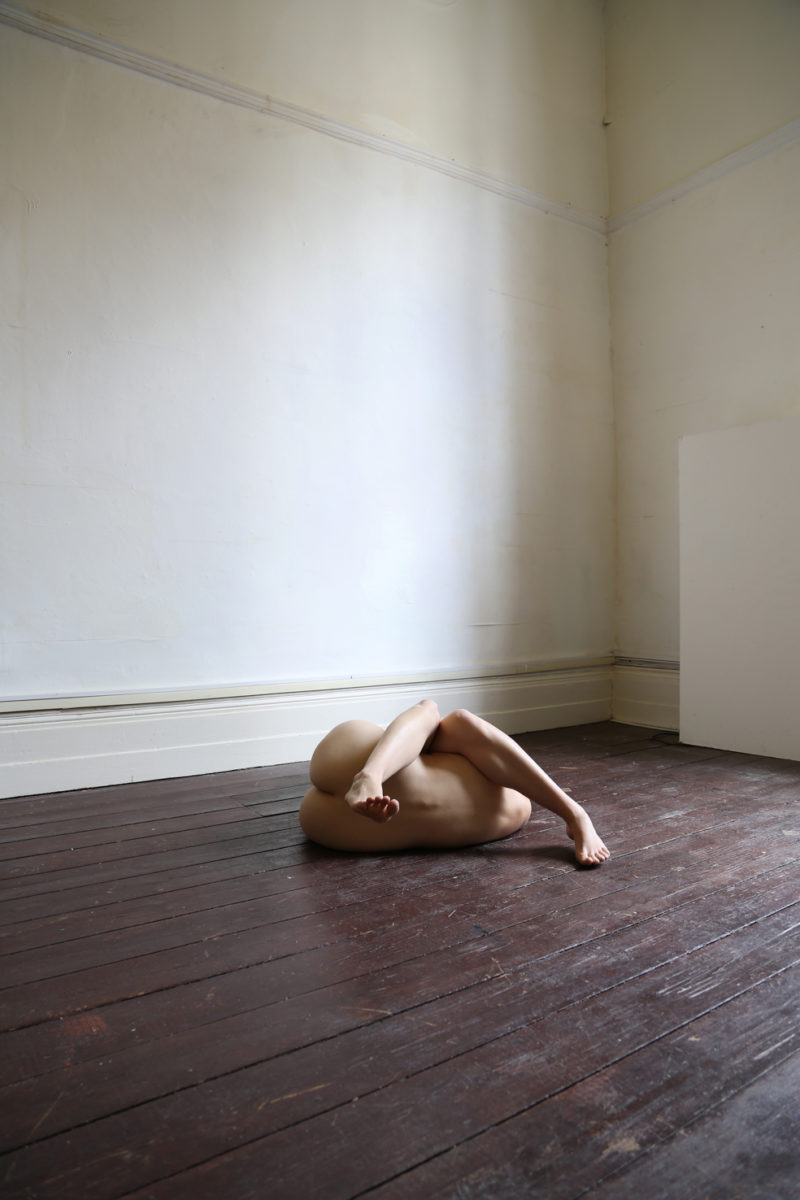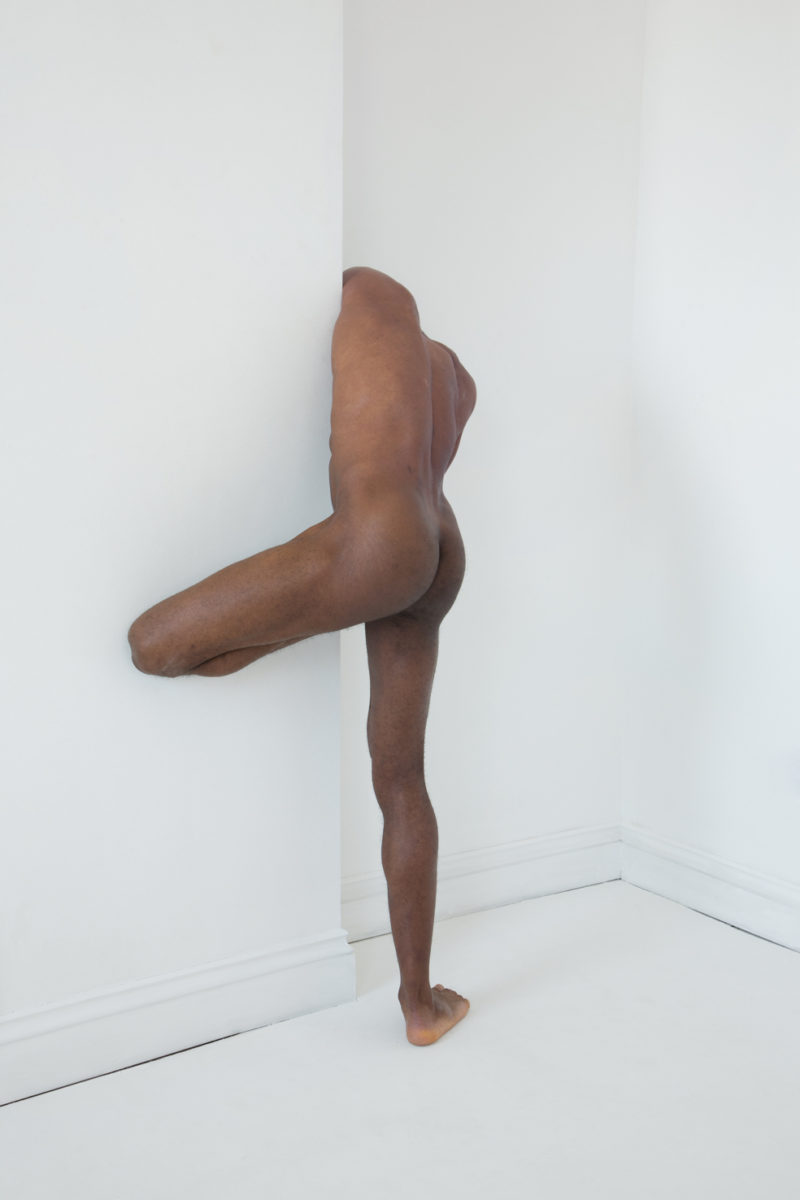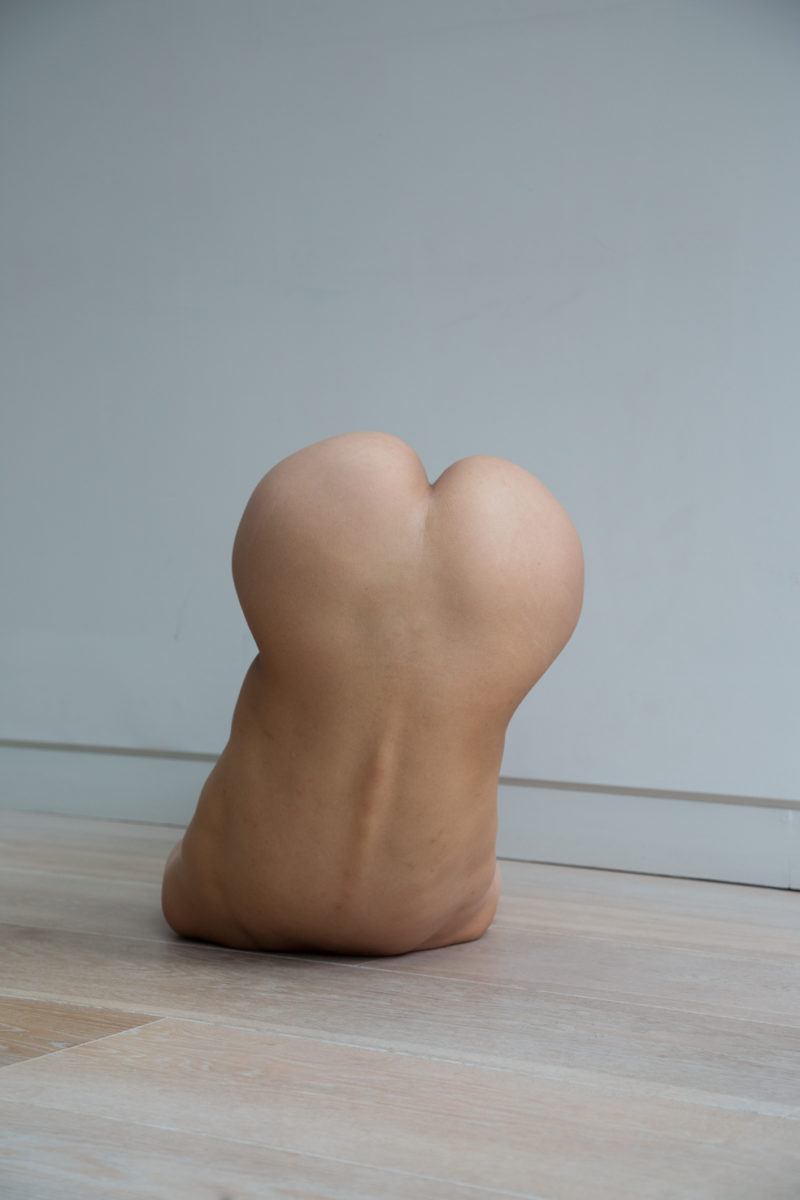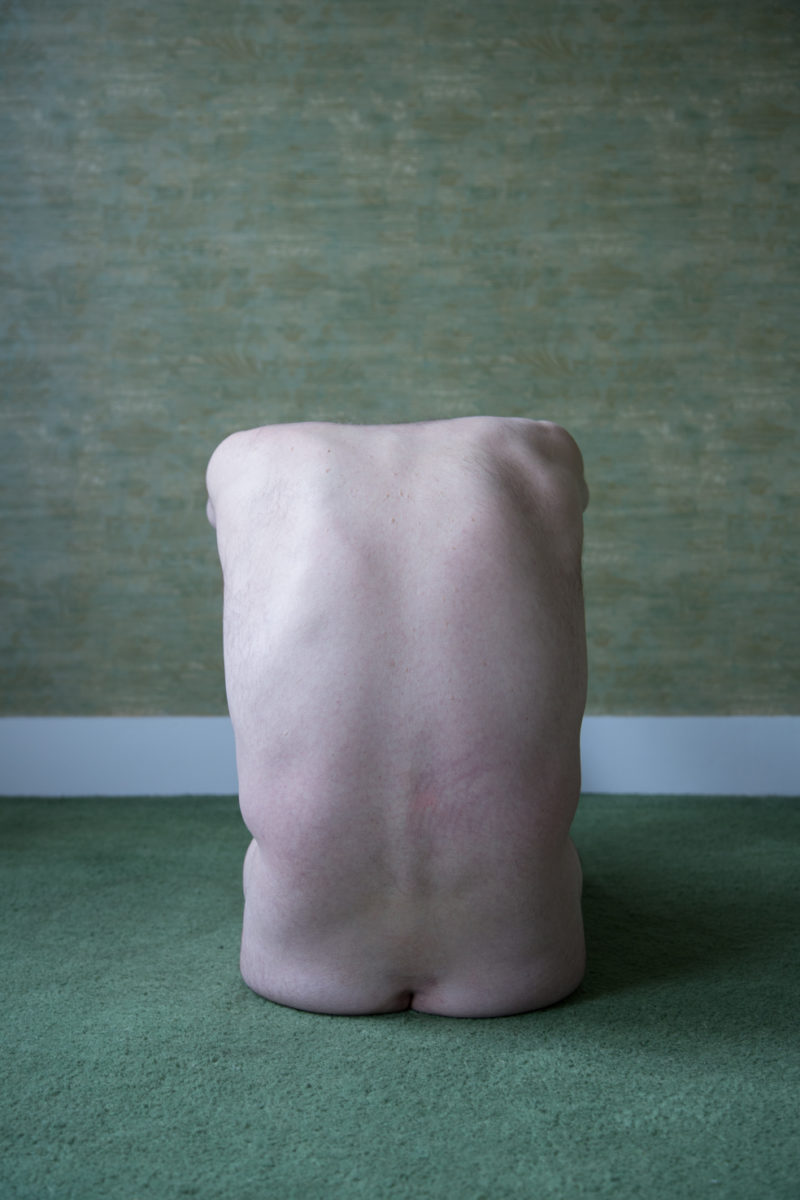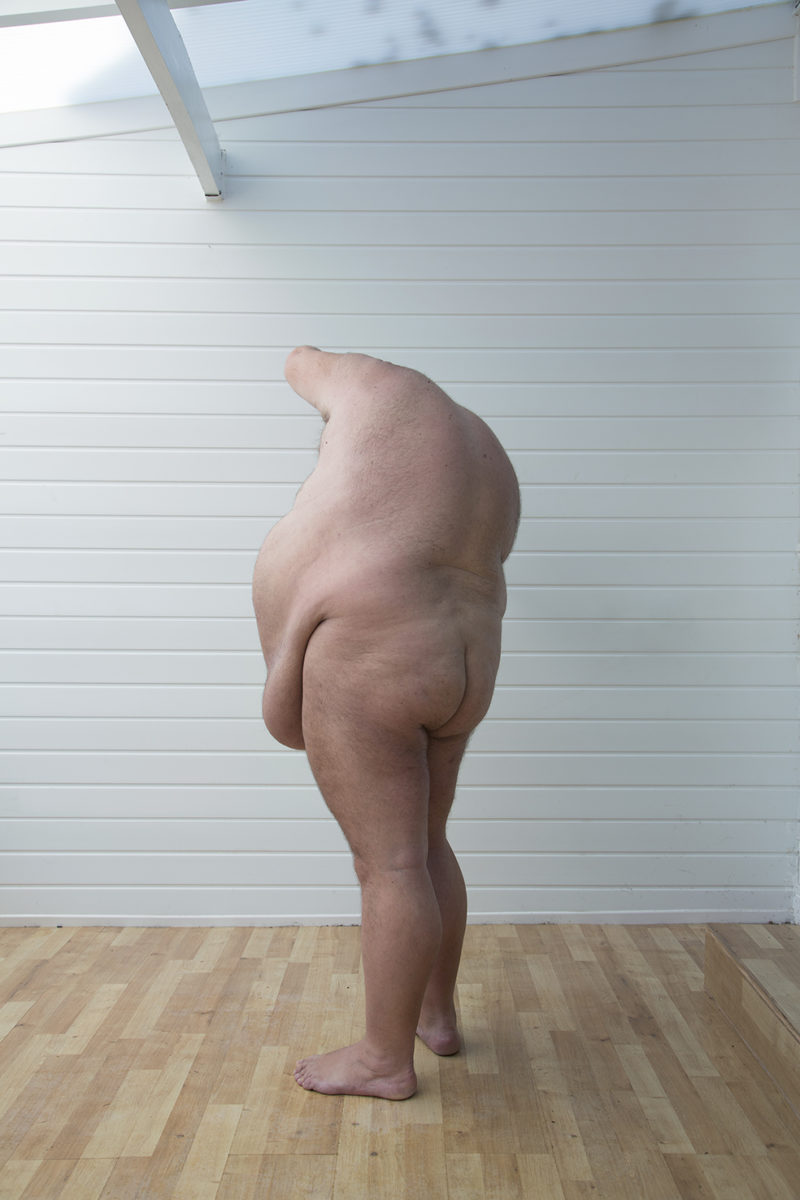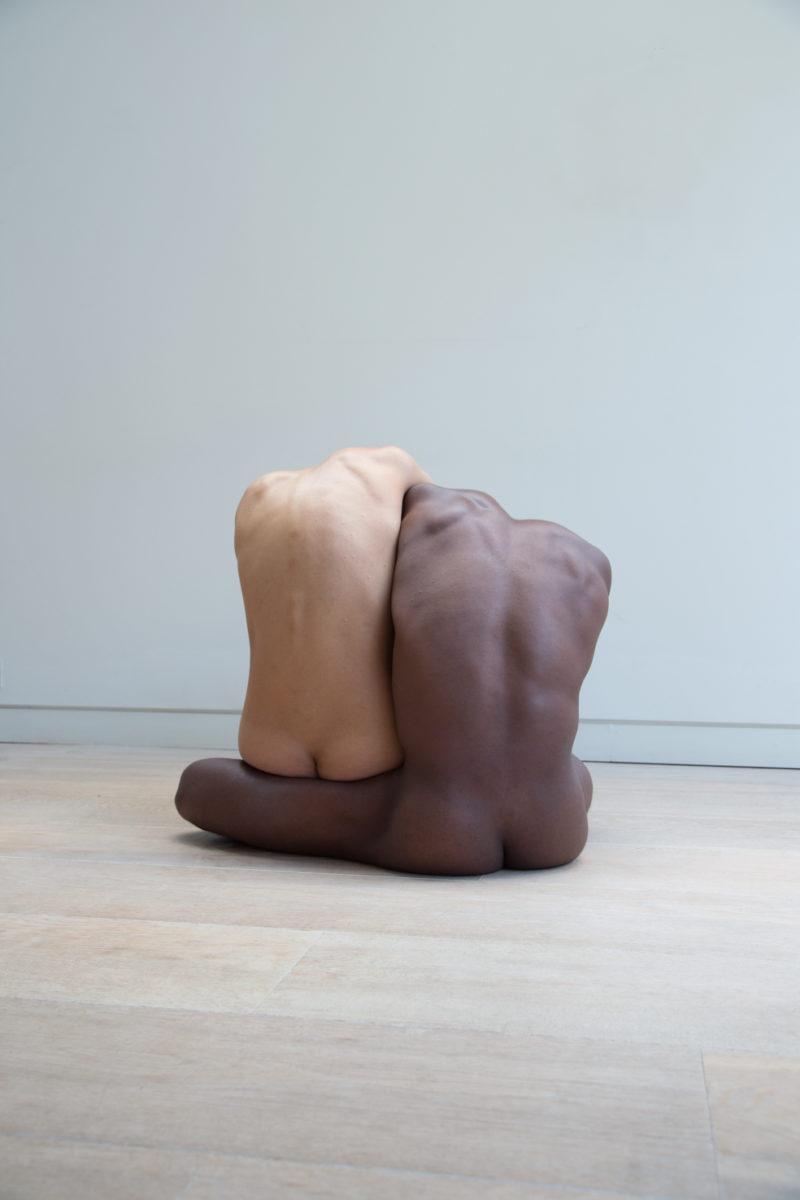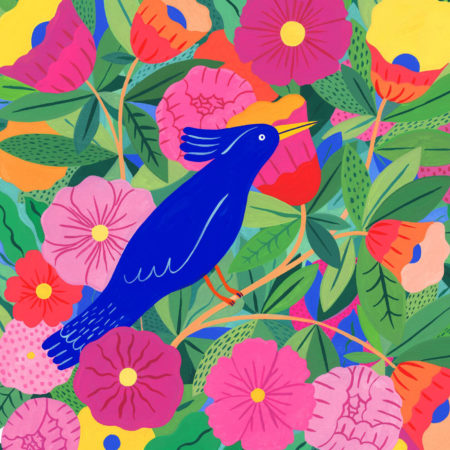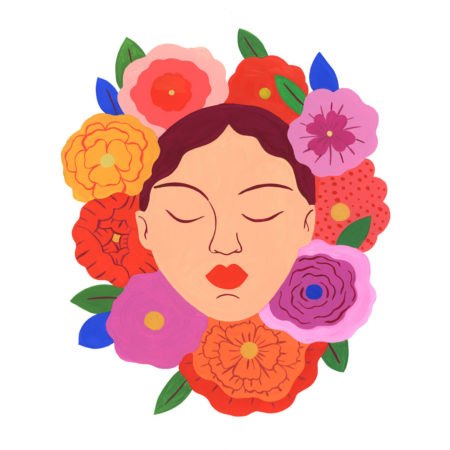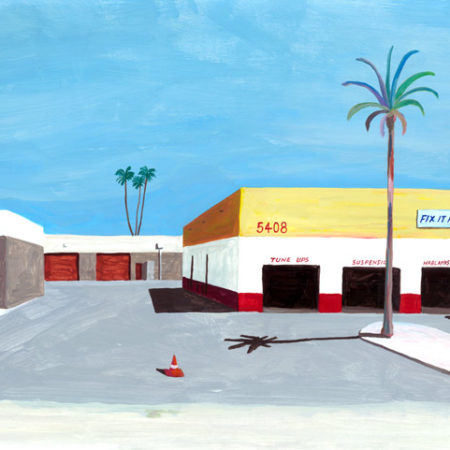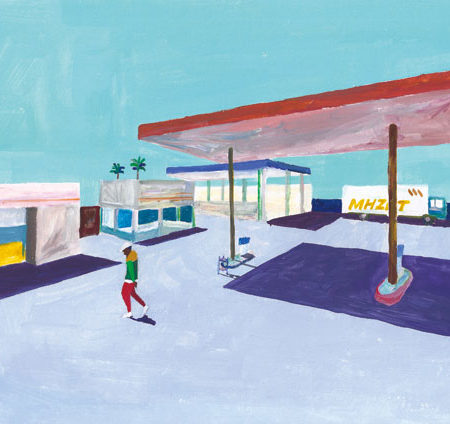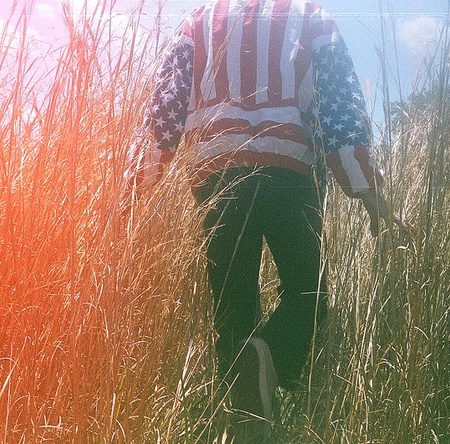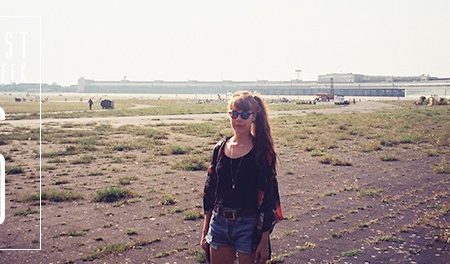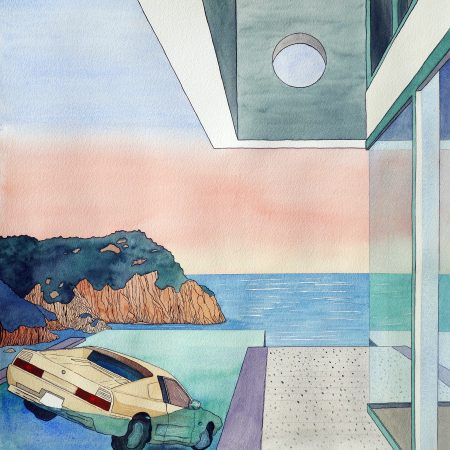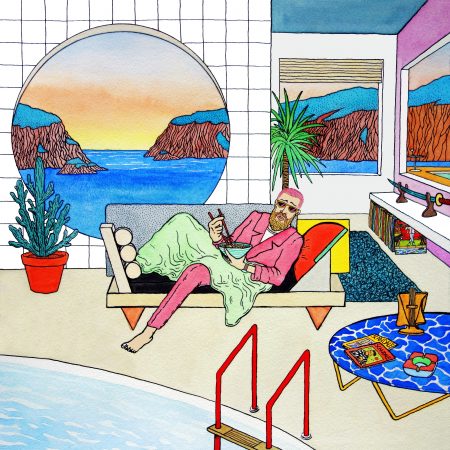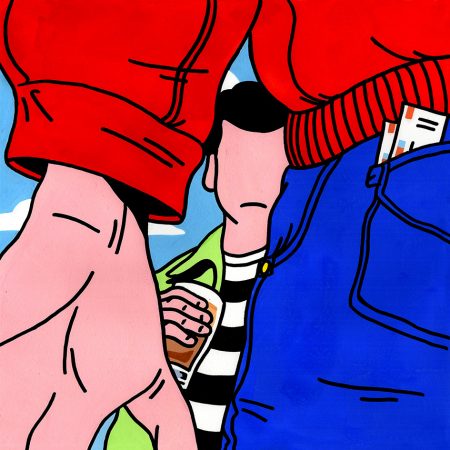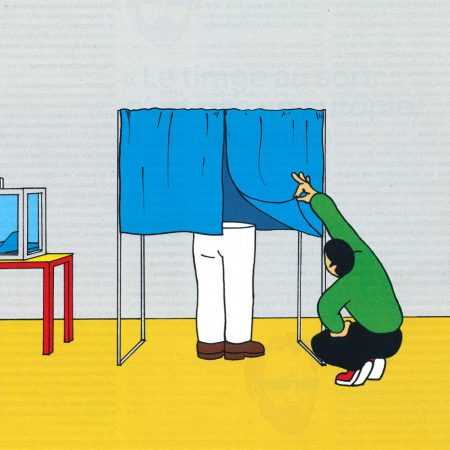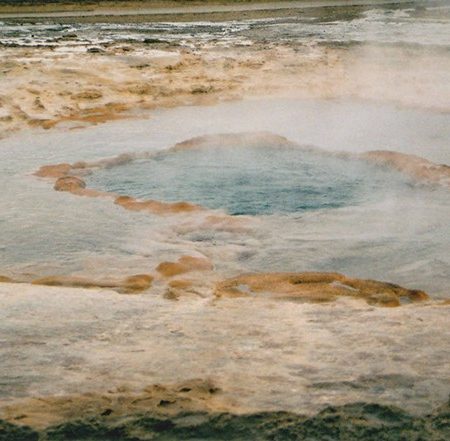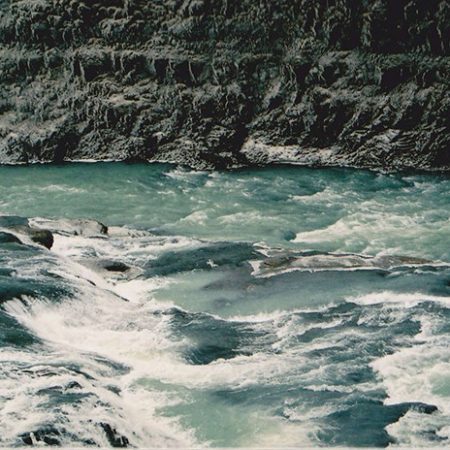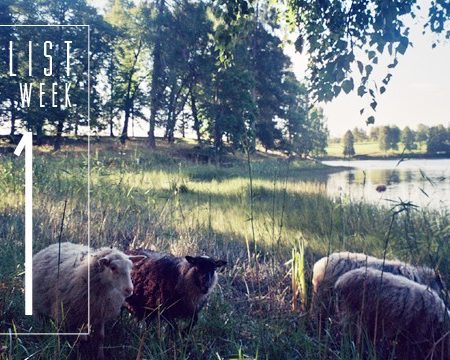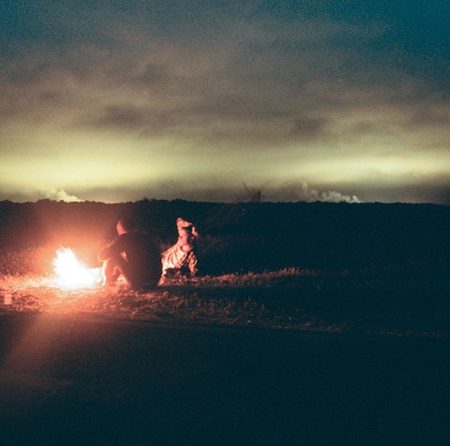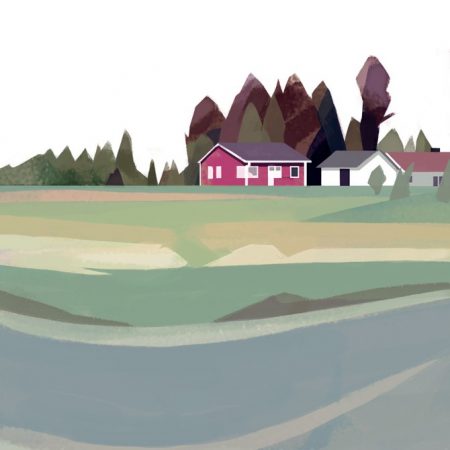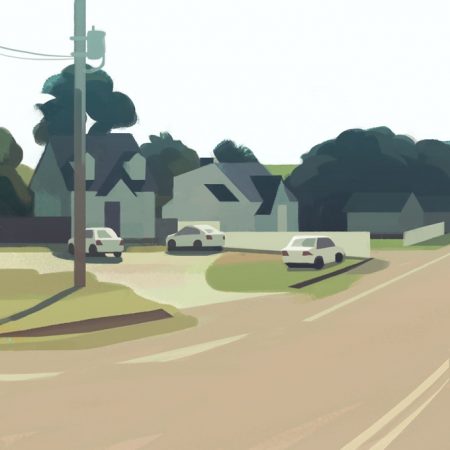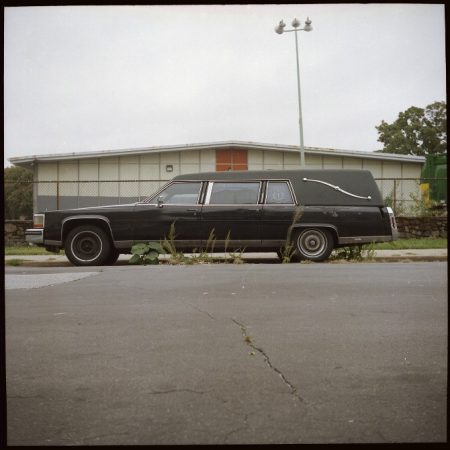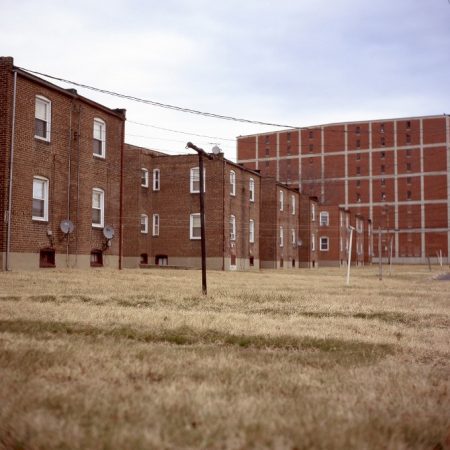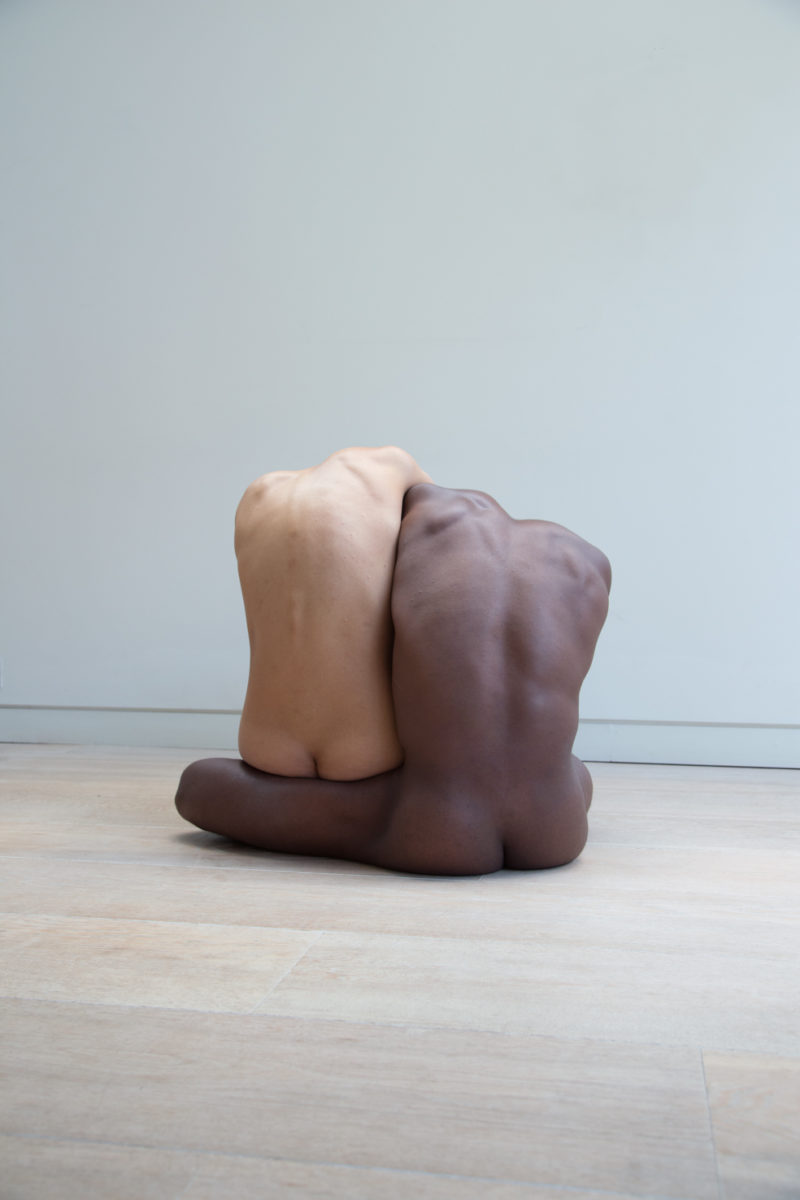
We are all intimately familiar with the body, so seeing it like this can really grip you.
Chloe Rosser
PHOTO . January 7th, 2021Hi Chloe, can you please introduce yourself?
Hi there, I’m Chloe. I’m a photographic artist living in London. I grew up here before going to study photography in Cornwall, where I started trying to pick apart the human body.
How did photography come to you?
I studied art at school. We had a tiny black and white darkroom, but nobody used it. I essentially took it over and spent the whole of my last few years of school in there. I was shooting on a small analogy Pentax MX and developing it all by hand. I shot what was around me, which was the people I went to school with. It began as portraiture, but even back then I started making compositions with the human body.
You mentioned you were shooting with analog camera. Do you still use analog over digital?
I use digital for most of my work, and I did for Form & Function. But I like to use analog for certain things – the aesthetic you get from it is so beautiful. I really like shooting landscapes on my analog Hasselblad, especially as the square format and waist level viewfinder changes how you compose.
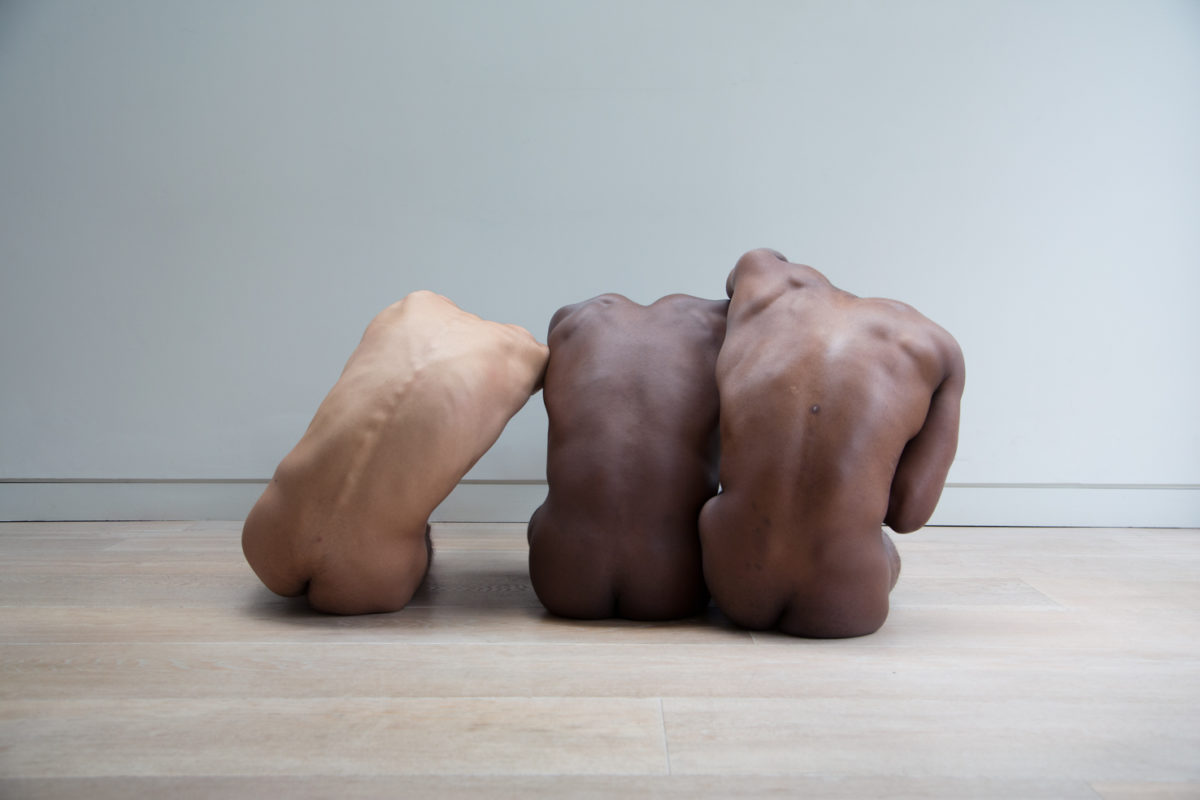
The way you represent bodies in your projects Form and Function is very unique. Can you tell us how you developed this approach to photographing bodies?
I had been interested in the human figure for a long time, and I had been experimenting with different ways of abstracting it. I was cropping images and taking close in detail shots, but none of it was really working for me. Then I took a photo of the back of someone’s torso. They were sat, bent forward, with all their limbs hidden from view. They became this cube of flesh and it was captivating. I think it hit me so hard because the figure had become this simple and minimal shape, but not through any lens trickery or photo manipulation. I was staring at this real, living, square of flesh where the image truly showed everything that was in front of the camera in that moment, and yet it was inhuman and surreal. We are all intimately familiar with the body, so seeing it like this can really grip you.
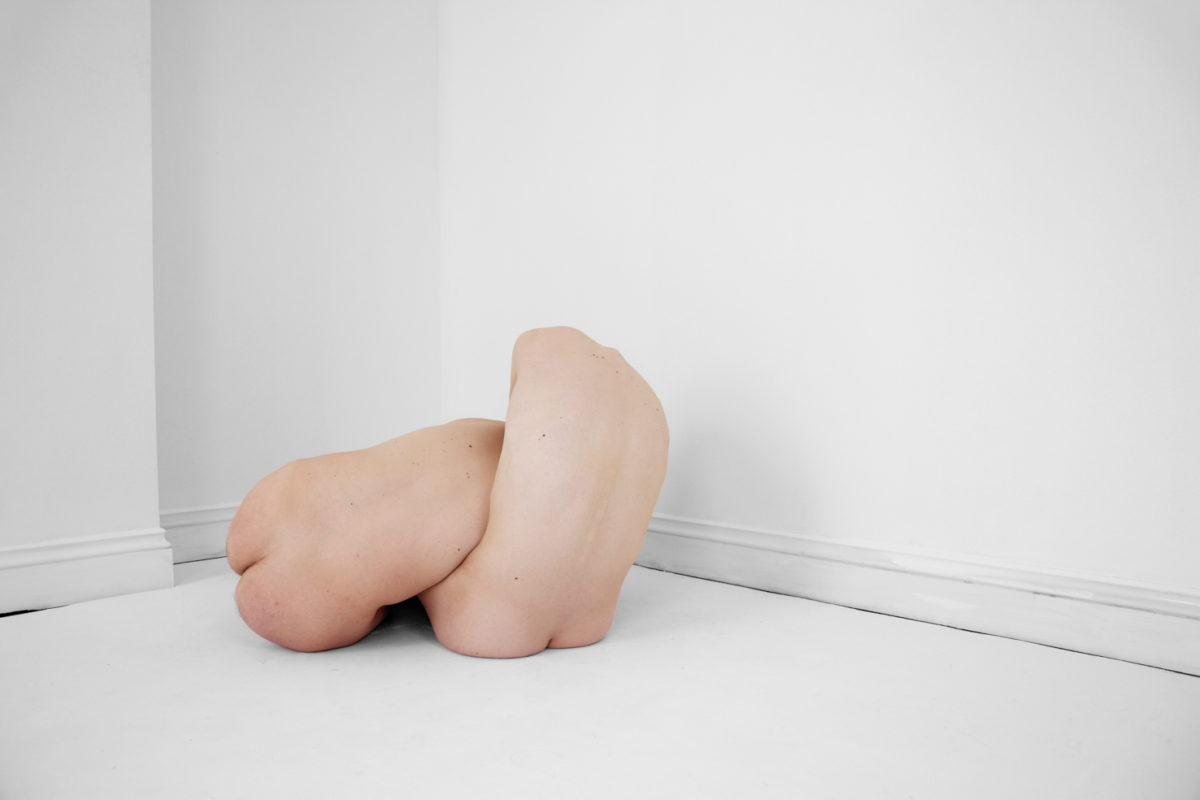
When I first discovered Function, it felt like the individuals, in your photographs, were made of clay and modelled into these unusual body forms. Is this type of impression what you want to convey to your audience?
I’m so happy you had that reaction. I don’t want to dictate to my audience what they should see or feel when they look at the work, but I do love it when someone has a reaction like this. Especially because when I am taking the photos, I am considering the poses and arranging the figures in the way that I might consider and want to arrange clay. I do feel like I am sculpting with human flesh. It is wonderful when an image shows you the body from a new perspective – I hope that mine can sometimes do that.
We discovered you on Instagram and I wonder how important is this “digital gallery” for you? Have you ever experienced any issue regarding nudity policy of Instagram?
Instagram has been both really great and a little problematic for me. I’ve never had a problem from Instagram themselves when posting the material I post on my feed, and I imagine that is because I don’t show anyone’s crotch or breasts. The images are very much desexualised. The responses I get from other instagram users are on the whole just really nice and friendly, but I do occasionally receive very inappropriate messages. I’m sure a large part of that is because I am a woman and especially because I work with nude figures. It’s a great shame that people do that, but like I said, I mostly receive really positive messages, so it has still been a really great way to share my work with others.
How much did you know the models who were part of Function? What was the process behind the scenes of Form and Function?
It really varies. I have photographed friends, acquaintances and life models for this project. Sometimes I ask people to sit for me, while other times people get in contact because they like the project and want to be a part of it. So I end up photographing people I know very well, and also people who I meet on the day of the shoot. I always have a phone call before-hand though, and make sure we talk about what the shoot will be like. I am very careful to ensure everyone is fully aware and comfortable with what will happen at the shoot before we arrange it. That’s so important.
I make lots of sketches when I’m planning poses to try during the shoots, but when we’re reenacting them, they always change. Everyone’s body moves differently so I bring my idea of a pose, and then we adjust it to suit the sitter and it becomes a bit of a collaboration. When I have worked with the same person a few times, I get to know what kind of positions they’re able to hold best, and I often plan poses for particular people.
The poses are hard to hold, but I’ve also never met anyone for a photograph who couldn’t do some of these poses. Even when they have assured me that they’re not at all flexible! As you can’t stay in these positions for long, I arrange the shot loosely, making sure everything is set up before I ask the model to go fully into the pose. Then it’s a quick 20 seconds or so of holding it while I shoot and adjust.
I am curious about the models. What were their reactions when they first looked at their pictures?
People are usually surprised and excited by how it looks. I’ve heard a few of them say “I didn’t know I could look like that”. It is such an odd thing to see yourself in this position. Some of the poses barely look human at all. But I think it can also be quite liberating. Nobody is worried about whether they look beautiful or attractive, because the final result is so far from how they appear normally, that they can look at the image objectively and see it like a sculpture. The fact that all the images are desexualised and anonymous also reassures people, and I’m sure it helps make the shoot feel like a safe environment too.
What were your criteria for selecting the photographs that are part of your projects? I.e what were you looking for while shooting? Have you defined an aesthetic line between human body / strange body (in analogy with the uncanny valley)?
The figures need to be divorced enough from the normal shape of the body to evoke that uncanny feeling which I’m hoping to create. Often it really comes down to something as small as whether you can see a little bit of leg peeking out from behind a torso. The images that work best are when the abstracted shapes of the figure are clean and simple enough that you don’t even get a sense of the parts of the body hidden from view. When you can really believe that this lump of flesh is only a torso and leg and nothing more, that’s when it feels uncanny, and that’s when I feel I’ve made a powerful image.
What are your current projects? Are they impacted by the current world state of things?
I’ve had some exhibitions and new projects delayed unfortunately, but it does look like they will still go ahead a little further in the future. One of these is a short film I’m working on with the Scottish Ballet. I can’t wait for that to get up and running again but it’s all on pause of course.
Would you share with us the work of some artists that inspire you?
Berlinde de Bruyckere’s human-like figures fascinate me. Their poses and gestures are so emotive – sometimes writhing with jutting limbs, sometimes almost foetal, clutching onto fabrics reminiscent of bedding.
Hester by Asger Carlsen is also fantastic. Digitally sculpted figures which become grotesque lumps, perching starkly upon a table or laying on the floor. They repel and intrigue you at the same time.
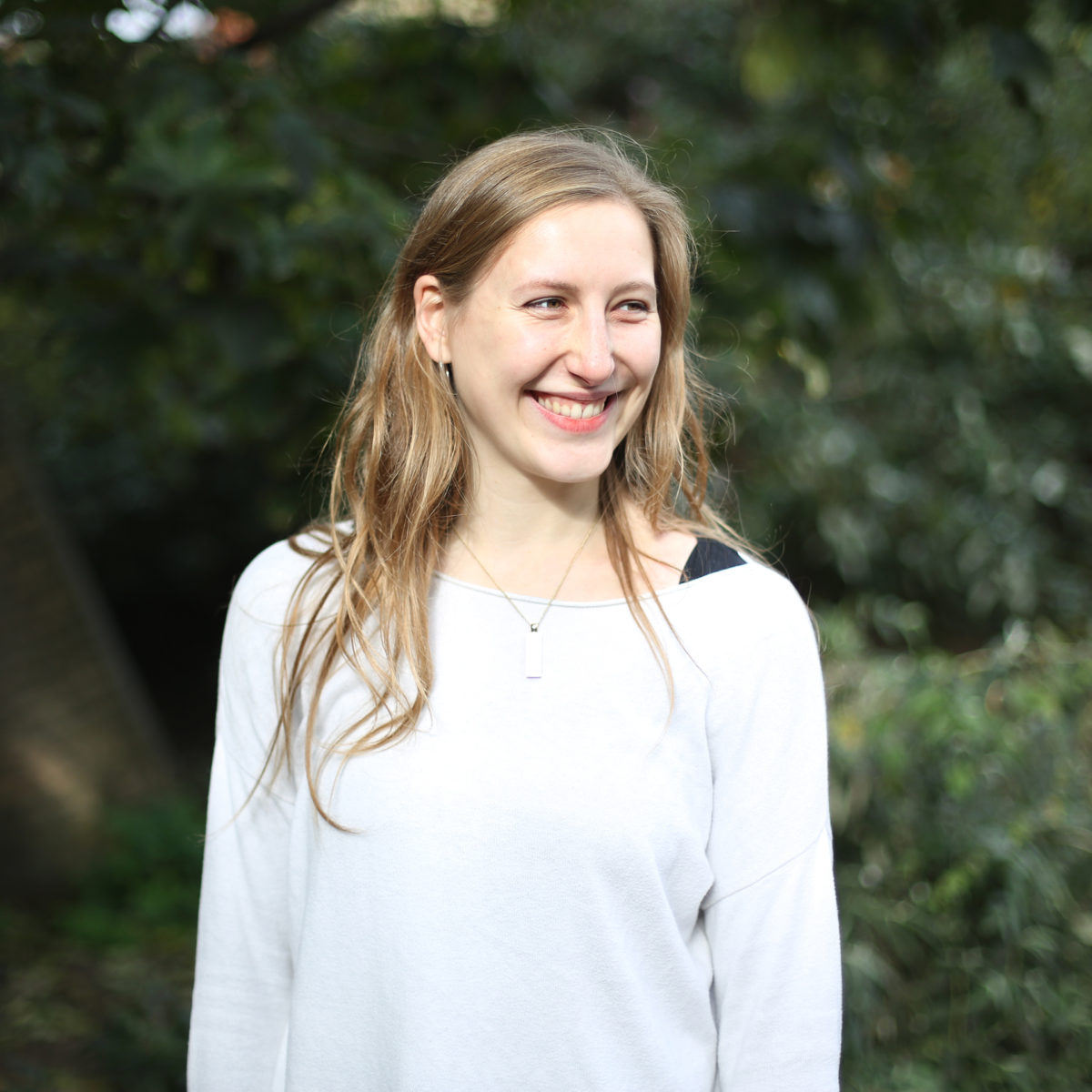
Chloe Rosser is a British photographer and artist. You can check out her website, her instagram account for photography. You can find her book Form & Function here.
